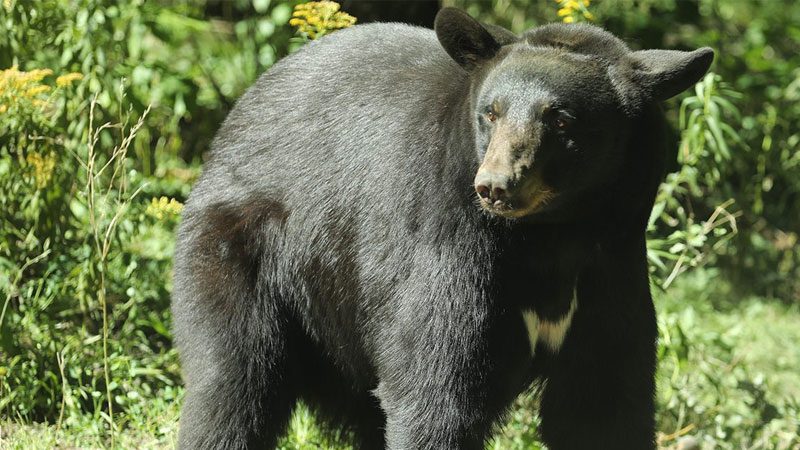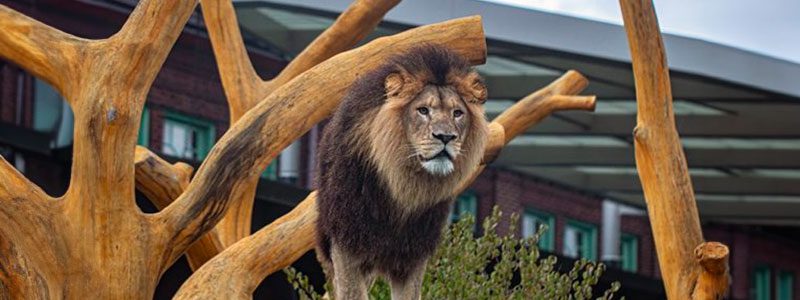Welcome to Lincoln Park Zoo’s new web app! Share your feedback

American Black Bear
Pritzker Family Children’s Zoo
Did You Know?
- There are twice as many American black bears than all other bear species combined.
- Black bears experience delayed implantation of fertilized eggs. Those eggs are only implanted when the mother’s body is ready, so energy isn’t wasted sustaining a pregnancy that may not succeed.
- Black bear populations experienced a decline after Europeans settled in North America due to habitat loss and hunting. Today, they are known for feeding on human food, and this continues to lead to conflict with people. However, protections have helped this species rebound in the last few decades.
Don’t See the Animals?
Why aren’t animals visible at all times? To promote positive animal welfare, we provide animals with choices. They can choose to spend time in areas that are out of public view.

Take an Animal Home with You
Overview
Scientific Name: Ursus americanus
Class: Mammals
Diet: Plants, including fruits and roots (also fish, mammals, and insects)
Range: North America
Endangered Status: Least Concern
More Information
American black bears are the smallest bear species in North America, averaging 5–6 feet long, 3 feet tall at the shoulder, and up to 600 pounds in weight. Despite their name, they come in many colors, including shades of brown and even grayish-blue and white. They are good swimmers and can climb trees thanks to their powerful limbs and strong claws.
In the northern part of their range, they may hibernate for up to seven months while living off stored fat. In the southern part, they may hibernate for shorter periods or remain active year-round, if food is plentiful. During hibernation, they can wake up easily. Breeding takes place between May and July, but delayed implantation means that pregnancy usually does not begin until November. Females generally have two cubs in January. Those cubs remain with their mother for two winters, then separate.
